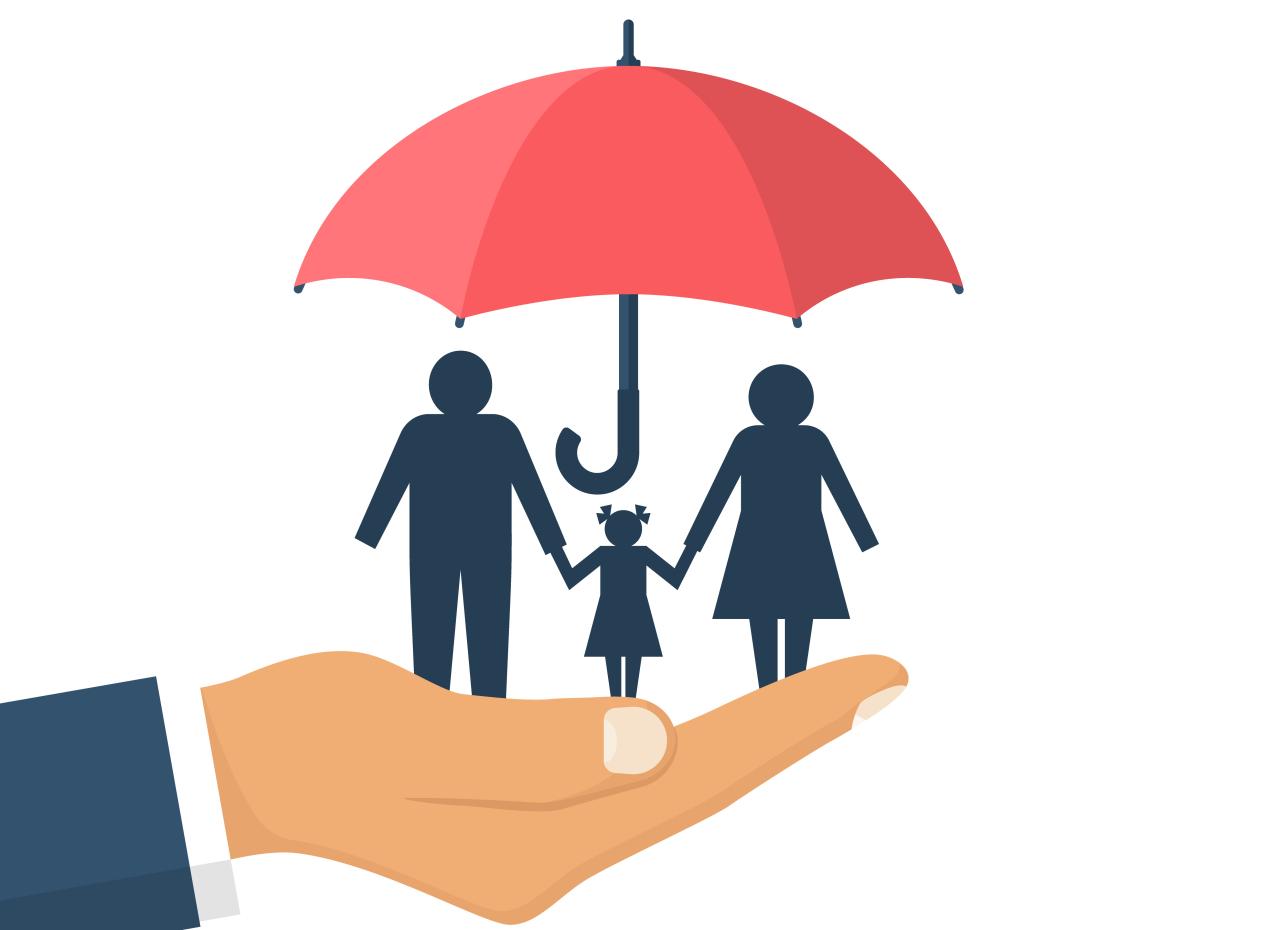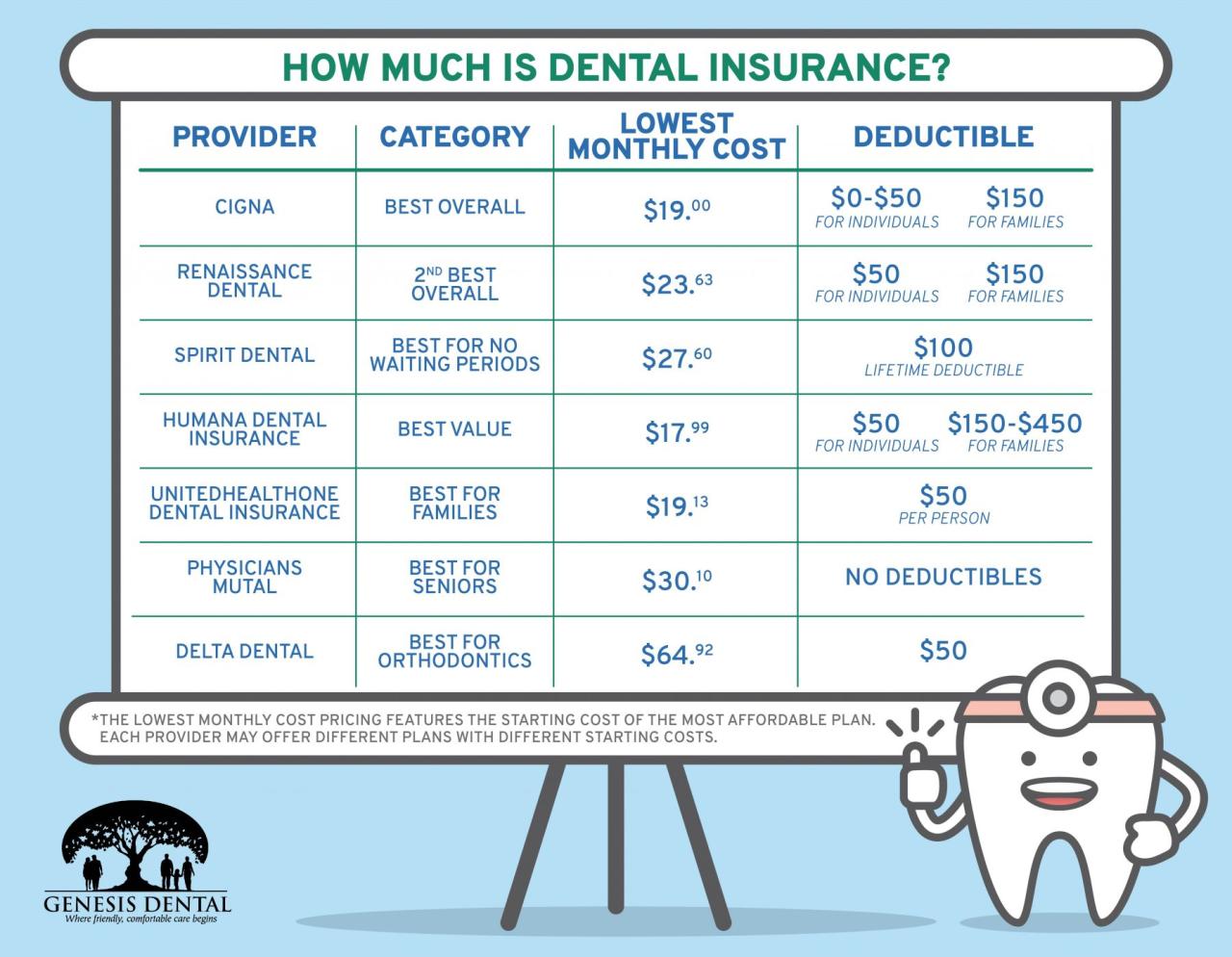Home insurance is a crucial financial safety net, safeguarding your biggest investment against unforeseen events. It provides peace of mind knowing that you have protection in case of fire, theft, natural disasters, or other incidents that could damage your property or belongings.
Home insurance policies typically offer coverage for the dwelling itself, personal property within the home, liability for accidents on your property, and even additional living expenses if your home becomes uninhabitable.
Understanding the different types of coverage, the factors that influence premiums, and the nuances of policy terms and conditions is essential to choosing the right home insurance policy for your specific needs. This guide will provide you with a comprehensive overview of home insurance, helping you make informed decisions to protect your valuable asset.
Understanding Home Insurance
Home insurance is a vital financial safety net for homeowners. It provides financial protection against unexpected events that could damage your property or cause you financial hardship. This article will delve into the intricacies of home insurance, helping you understand its importance, key coverages, and how to navigate the process of choosing the right policy.
Defining Home Insurance and Its Purpose
Home insurance is a type of insurance policy that protects homeowners from financial losses due to damage or destruction of their homes and personal belongings. It also provides liability coverage for injuries or accidents that occur on the property. In essence, it acts as a financial buffer against unforeseen events, ensuring that you can rebuild your life and home in the event of a covered disaster.
Types of Home Insurance Coverage
Home insurance policies typically offer a range of coverages, each designed to protect specific aspects of your home and belongings. Here’s a breakdown of common types of coverage:
- Dwelling Coverage:This coverage protects the physical structure of your home, including the walls, roof, foundation, and attached structures like garages or porches. It covers damage caused by events like fire, windstorms, hail, and vandalism.
- Personal Property Coverage:This coverage extends to your belongings inside your home, such as furniture, electronics, clothing, and appliances. It protects against loss or damage due to covered perils.
- Liability Coverage:This coverage provides protection against legal claims arising from accidents or injuries that occur on your property. For example, if someone slips and falls on your icy driveway, liability coverage could help pay for medical expenses and legal fees.
- Additional Living Expenses:This coverage helps pay for temporary housing and living expenses if your home becomes uninhabitable due to a covered event. It can cover costs like hotel stays, meals, and other essential expenses.
Factors Influencing Home Insurance Premiums
Several factors determine the cost of your home insurance premiums, including:
- Location:Homes in areas prone to natural disasters, such as earthquakes, hurricanes, or wildfires, typically have higher premiums.
- Age of the Home:Older homes may have higher premiums due to increased risk of wear and tear or outdated building codes.
- Coverage Amount:The amount of coverage you choose will directly affect your premium. Higher coverage amounts generally mean higher premiums.
- Deductible:A deductible is the amount you pay out of pocket before your insurance coverage kicks in. A higher deductible typically results in lower premiums.
- Credit Score:In some states, insurance companies may consider your credit score when determining your premium. A good credit score can often lead to lower premiums.
Essential Coverage for Homeowners
Choosing the right home insurance coverage is crucial to ensure adequate protection for your home and belongings. Here’s a detailed breakdown of common home insurance coverages and their benefits:
Dwelling Coverage
Dwelling coverage is the most fundamental part of a home insurance policy. It protects the physical structure of your home, including the walls, roof, foundation, and any attached structures like garages or porches. This coverage typically covers damage caused by:
- Fire:This includes damage caused by fires, explosions, and smoke.
- Windstorms:This covers damage from high winds, tornadoes, and hurricanes.
- Hail:This protects against damage caused by falling hailstones.
- Vandalism:This covers damage caused by acts of vandalism or malicious mischief.
- Theft:This protects against loss or damage due to burglary or theft.
The amount of dwelling coverage you need depends on the replacement cost of your home. It’s essential to choose a coverage amount that is sufficient to rebuild your home to its current value.
Personal Property Coverage
Personal property coverage protects your belongings inside your home, such as furniture, electronics, clothing, appliances, and other personal possessions. This coverage typically covers damage or loss due to:
- Fire:This includes damage caused by fires, explosions, and smoke.
- Windstorms:This covers damage from high winds, tornadoes, and hurricanes.
- Hail:This protects against damage caused by falling hailstones.
- Vandalism:This covers damage caused by acts of vandalism or malicious mischief.
- Theft:This protects against loss or damage due to burglary or theft.
- Water Damage:This covers damage caused by water leaks, floods, and burst pipes.
It’s important to note that personal property coverage typically has limits on the amount of coverage for specific items, such as jewelry, art, and collectibles. You may need to purchase additional coverage for these valuable items.
Liability Coverage
Liability coverage protects you from financial losses due to legal claims arising from accidents or injuries that occur on your property. This coverage can help pay for medical expenses, legal fees, and other related costs. For example, if a visitor slips and falls on your icy driveway, liability coverage could help pay for their medical expenses and any legal claims they may file against you.
The amount of liability coverage you need depends on your individual circumstances and risk tolerance. It’s generally advisable to have at least $100,000 to $300,000 in liability coverage.
Additional Living Expenses
Additional living expenses coverage helps pay for temporary housing and living expenses if your home becomes uninhabitable due to a covered event. This coverage can help cover costs like hotel stays, meals, transportation, and other essential expenses while your home is being repaired or rebuilt.
The amount of coverage you need for additional living expenses will depend on your lifestyle and the cost of living in your area. It’s essential to choose a coverage amount that is sufficient to cover your essential living expenses for a reasonable period.
Comparing Home Insurance Coverage
To better understand the different types of coverage and their benefits, consider the following table:
| Coverage Type | Description | Benefits |
|---|---|---|
| Dwelling Coverage | Protects the physical structure of your home | Covers damage to walls, roof, foundation, and attached structures |
| Personal Property Coverage | Protects your belongings inside your home | Covers damage or loss to furniture, electronics, clothing, and other possessions |
| Liability Coverage | Protects you from legal claims arising from accidents or injuries on your property | Covers medical expenses, legal fees, and other related costs |
| Additional Living Expenses | Helps pay for temporary housing and living expenses if your home becomes uninhabitable | Covers hotel stays, meals, transportation, and other essential expenses |
The Importance of Choosing the Right Policy
Choosing the right home insurance policy is a crucial decision that can significantly impact your financial well-being. Here’s a guide to help you navigate the process:
Determining the Right Amount of Coverage
The first step in choosing the right policy is determining the right amount of coverage for your home. This involves assessing the replacement cost of your home and belongings. You can use online calculators or consult with an insurance agent to estimate these costs.
It’s essential to choose coverage amounts that are sufficient to rebuild your home and replace your belongings to their current value.
Consulting with an Insurance Agent
Consulting with an insurance agent can be invaluable when choosing a home insurance policy. Agents can provide personalized advice based on your individual circumstances and risk profile. They can help you understand different policy options, compare quotes, and customize a policy that meets your specific needs.
Understanding Policy Terms and Conditions
Before signing up for a home insurance policy, it’s essential to carefully read and understand the policy terms and conditions. This includes the coverage details, exclusions, limitations, and any specific requirements or conditions that apply to your policy. Understanding these terms will help you avoid surprises and ensure that you are adequately protected.
Common Exclusions and Limitations
While home insurance policies offer comprehensive protection, there are certain exclusions and limitations that you should be aware of. These can vary depending on the insurer and policy type. Here are some common exclusions and limitations:
Natural Disasters
Most standard home insurance policies exclude coverage for certain natural disasters, such as earthquakes, floods, and landslides. These events are often considered high-risk and require specialized insurance policies, such as earthquake insurance or flood insurance.
Intentional Damage
Home insurance policies typically don’t cover damage caused intentionally. This includes damage resulting from acts of arson or vandalism committed by the homeowner or someone they know.
Certain Types of Personal Property
Some home insurance policies may have limitations on the amount of coverage for specific types of personal property, such as valuable collectibles, jewelry, and art. You may need to purchase additional coverage for these items to ensure adequate protection.
Specific Activities
Home insurance policies may exclude coverage for specific activities, such as business operations conducted from home or certain types of hobbies that pose a higher risk of damage or liability. It’s important to discuss any specific activities with your insurance agent to ensure that your policy adequately covers your needs.
Importance of Reading the Policy Carefully
Reading your home insurance policy carefully is crucial to understanding its terms and conditions. This will help you avoid surprises and ensure that you are adequately protected. Pay close attention to the exclusions and limitations, as these can significantly affect your coverage.
Filing a Home Insurance Claim
If you experience a covered event that causes damage to your home or belongings, you will need to file a home insurance claim. Here’s a step-by-step guide to help you navigate the process:
Steps Involved in Filing a Claim
- Contact Your Insurance Company:The first step is to contact your insurance company as soon as possible after the event occurs. Inform them of the damage and provide basic details, such as the date and time of the event.
- Document the Damage:Take detailed photographs and videos of the damage to your home and belongings. This documentation will be essential for supporting your claim.
- Secure Your Property:If possible, take steps to secure your property to prevent further damage. This may involve covering damaged areas, boarding up windows, or taking other protective measures.
- Gather Supporting Documents:Gather any relevant documents that can support your claim, such as receipts for damaged items, repair estimates, and any other documentation related to the event.
- Cooperate with the Insurance Adjuster:The insurance company will send an adjuster to assess the damage and determine the extent of coverage. Cooperate with the adjuster and provide them with all necessary information and documentation.
- Review the Claim Settlement:Once the adjuster has completed their assessment, the insurance company will make a settlement offer. Carefully review the settlement offer and make sure that it covers all the damages and losses you have incurred.
Documenting Damages and Communicating with the Insurance Company
When documenting damages, it’s important to be as detailed and accurate as possible. Include photographs and descriptions of all damaged items, along with any relevant information about the cause of the damage. Communicate clearly and concisely with the insurance company, providing them with all necessary information and documentation promptly.
Keeping Records and Receipts
Keeping detailed records and receipts related to your claim is crucial. This includes receipts for damaged items, repair estimates, and any other documentation related to the event. These records will help support your claim and ensure that you are compensated fairly.
Tips for Preventing Home Insurance Claims
While home insurance provides financial protection against unexpected events, it’s always wise to take proactive steps to reduce the risk of claims. Here are some practical tips for preventing home insurance claims:
Maintaining the Property Regularly, Home insurance
- Roof Inspections:Schedule regular roof inspections to identify any potential problems, such as leaks or damage, that could lead to more significant issues.
- Plumbing Checks:Regularly check your plumbing system for leaks or signs of corrosion. This can help prevent water damage and costly repairs.
- Electrical System Maintenance:Ensure your electrical system is properly maintained and inspected to prevent electrical fires or malfunctions.
- Gutter Cleaning:Clean your gutters regularly to prevent clogs that can lead to water damage.
- Tree Trimming:Trim trees near your home to prevent branches from falling on your roof or causing other damage.
Installing Security Systems
Installing a security system can deter burglars and reduce the risk of theft. This can include alarms, motion sensors, and security cameras.
Being Cautious with Fire Hazards
- Smoke Detectors:Install and maintain smoke detectors in your home to provide early warning in case of a fire.
- Fire Extinguishers:Keep fire extinguishers readily available in your home and ensure that you know how to use them.
- Electrical Safety:Be cautious with electrical appliances and avoid overloading outlets. Ensure that electrical cords are in good condition and not frayed.
- Cooking Safety:Never leave cooking unattended and be careful with open flames.
Taking Precautions Against Theft
- Lock Doors and Windows:Always lock your doors and windows when you are away from home.
- Outdoor Lighting:Install motion-activated outdoor lighting to deter burglars.
- Valuable Items:Store valuable items in a safe or secure location.
- Don’t Advertise Your Absence:Avoid posting about your vacation plans on social media, as this could alert potential burglars.
Home Maintenance Tasks
Here’s a list of home maintenance tasks that can help prevent insurance claims:
- Regular roof inspections
- Plumbing system checks
- Electrical system maintenance
- Gutter cleaning
- Tree trimming
- Smoke detector maintenance
- Fire extinguisher checks
- Appliance maintenance
- Window and door checks
Home Insurance and the Future
The home insurance landscape is constantly evolving, driven by technological advancements, climate change, and changing consumer preferences. Here are some emerging trends that are shaping the future of home insurance:
The Increasing Use of Technology in Risk Assessment
Insurance companies are increasingly using technology to assess risk and personalize insurance policies. This includes using data from smart home devices, drones, and satellite imagery to create more accurate risk profiles. This trend allows for more personalized pricing and tailored coverage options based on individual risk factors.
The Impact of Climate Change on Insurance Premiums
Climate change is increasing the frequency and severity of natural disasters, such as hurricanes, wildfires, and floods. This is leading to higher insurance premiums in areas prone to these events. Insurance companies are also incorporating climate change data into their risk assessments, leading to more accurate pricing and potentially higher premiums in vulnerable areas.
The Potential for Personalized Insurance Policies
As technology advances, the potential for personalized insurance policies increases. This means that insurance policies can be tailored to individual needs and risk profiles, providing more customized coverage and potentially lower premiums. This trend is driven by the increasing availability of data and the development of artificial intelligence (AI) and machine learning algorithms.
Final Wrap-Up

Navigating the world of home insurance can seem complex, but with careful planning and understanding, you can secure the right coverage to protect your home and belongings. By understanding the different types of coverage, considering your specific needs, and diligently maintaining your property, you can minimize the risk of potential losses and ensure peace of mind knowing you have the financial protection you need.













